
Maya News Updates 2009, No. 29: Jonuta, Tabasco - Archaeologists Discover Masonry Walls at Jonuta
On Sunday, August 9, 2009, the online journal Art Daily reported the recent discovery of masonry walls as used at the site of Jonuta, Tabasco, Mexico (edited by MNU; photo: Art Daily/INAH):
 Discovery Confirms Partial Use of Bricks in Ancient Maya Settlements - Remains of Prehispanic domestic architecture and an offering of ceramic and marine elements were found at Jonuta Archaeological Zone, in Tabasco, a discovery that confirms partial use of bricks in ancient Maya settlements at Tabasco plain near 850 AD.
Discovery Confirms Partial Use of Bricks in Ancient Maya Settlements - Remains of Prehispanic domestic architecture and an offering of ceramic and marine elements were found at Jonuta Archaeological Zone, in Tabasco, a discovery that confirms partial use of bricks in ancient Maya settlements at Tabasco plain near 850 AD.Exploration conducted by the National Institute of Anthropology and History (INAH) as part of the first field season of Jonuta Archaeological Project 2009 lead to the finding, with the aim of deepening studies at southeast Tabasco, where Prehispanic dwellers were great ceramics producers that traded them locally and with faraway places.
Four parallel masonry walls were found on the site located at the right bank of Usumacinta River, built with little thin bricks, as well as 2 small slabs placed vertically in front of the last wall, as a kind of stelae, made out of powdered shell mortar. “These slabs are peculiar because they were not manufactured with clay and are not stone-carved; they are blocks made out of shell mortar, unique in their context”.
“This finding shows that Jonuta population was in initial phases of brick use in architecture, unlike sites as Comalcalco, where well-achieved masonry was used during the last stage”, informed Miriam Gallegos Gomora, Tabasco INAH Center researcher in charge of the project. There was no information about local architecture, and the discovery will allow studying special distribution in Maya constructions at low flood terrains, pointed out the archaeologist.
Sea shells and other marine objects, bone awls, obsidian knives and small animals’ bones were found around architectural vestiges, which suggest a ritual was practiced in front of the building. Five figurines and 2 vessels were found as well, associated to an eroded soil monticule. “Only 2 figurines were complete, both represent female supplicants by the arms up position and clothing”.
The important ceramic collection recovered will allow redefining the sequence established in 1979, which will enrich knowledge regarding local earthenware manufacture process. About Jonuta temporality, based on ceramics Carbon dating, 2 occupation sequences have been defined: Jonuta Phase (600-1000 AD) and Cintla Phase (1100-1350 AD), both to be redefined based on new information recovered at 2009 field season. (source ArtDaily)






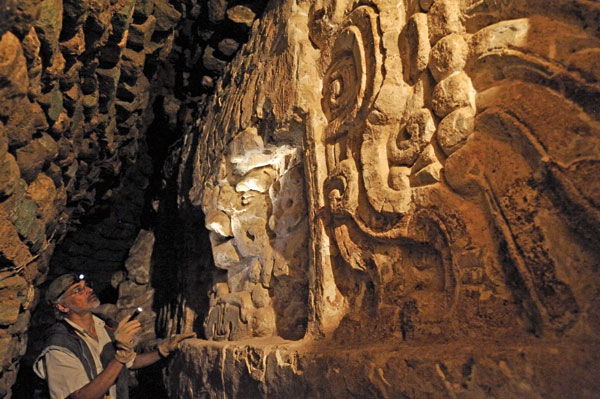
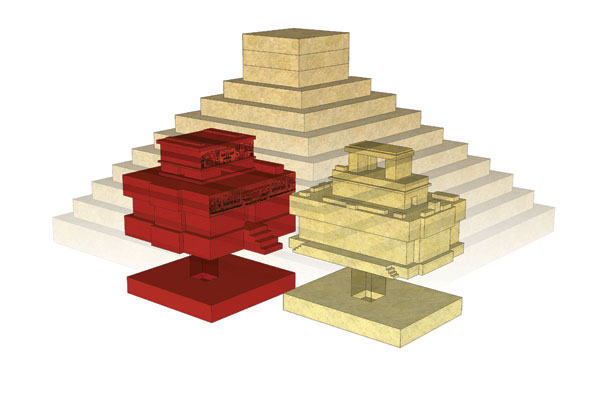
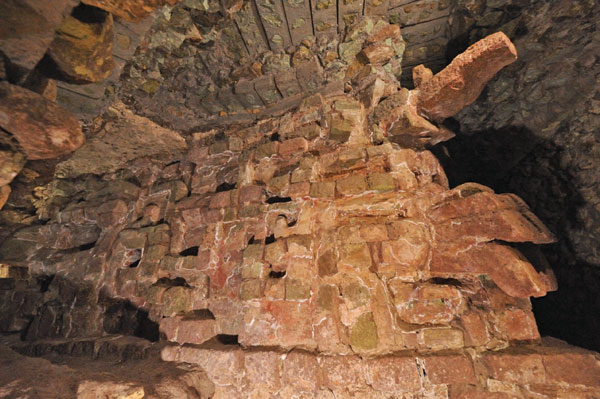





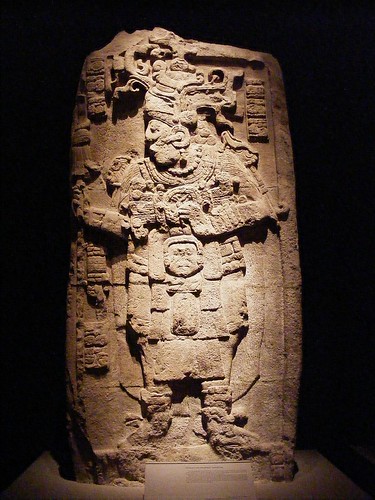


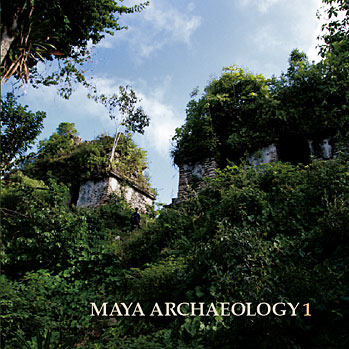









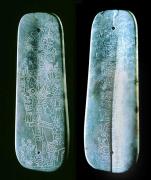


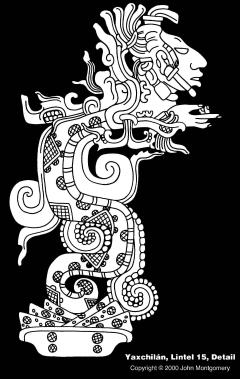

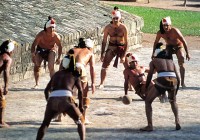


0 Comments:
Post a Comment
<< Home